- Monday By Appointment
- Tuesday 9:00 am - 5:30 pm
- Wednesday 9:00 am - 5:30 pm
- Thursday 9:00 am - 5:30 pm
- Friday 9:00 am - 5:30 pm
- Saturday 10:00 am - 2:00 pm
- Sunday Closed














2025 Kawasaki NINJA ZX-10R KRT EDITION
| You can beat all opponents, but there is always a challenge you still have to face, the one within yourself. For those like you who rise to any challenge, we have developed the bike that a true champion deserves. The new Ninja ZX-10R has what it takes to win: all new aerodynamic body with integrated winglets, small & light LED headlights, TFT colour instrumentation, and Smartphone connectivity plus updates derived from Kawasaki Racing Team World Superbike expertise. Now that you have the definitive race-focused Ninja, Face Yourself. |
FEATURING:
|
ADDITIONAL VEHICLE FEATURES:
|
|
|
ELECTRONIC THROTTLE VALVES
|
ELECTRONIC CRUISE CONTROLElectronic Cruise Control allows a desired speed (engine rpm) to be maintained with the simple press of a button. Once activated, the rider does not have to constantly apply the throttle. This reduces stress on the right hand when traveling long distances, enabling relaxed cruising and contributing to a high level of riding comfort. |
KAWASAKI ENGINE BRAKE CONTROLThe Kawasaki Engine Brake Control system allows riders to select the amount of engine braking they prefer. When the system is activated, the engine braking effect is reduced, providing less interference when riding on the track. |
KCMF (KAWASAKI CORNERING MANAGEMENT FUNCTION)
Using the latest evolution of Kawasaki’s advanced modeling software and feedback from a compact IMU (Inertial Measurement Unit) that gives an even clearer real-time picture of chassis orientation, KCMF monitors engine and chassis parameters throughout the corner – from entry, through the apex, to corner exit – modulating brake force and engine power to facilitate smooth transition from acceleration to braking and back again, and to assist riders in tracing their intended line through the corner. The systems that KCMF oversees vary by model, but may include: |
KLCM (KAWASAKI LAUNCH CONTROL MODE)
|
KQS (KAWASAKI QUICK SHIFTER)
Designed to help riders maximize their acceleration on the track by enabling clutchless upshifts with the throttle fully open, KQS detects that the shift lever has been actuated and sends a signal to the ECU to cut ignition so that the next gear can be engaged without having to use the clutch. On models that offer clutchless downshifts, during deceleration the system automatically controls engine speed so that the next lower gear can be selected without operating the clutch. |
POWER MODES
Models equipped with multiple Power Modes offer riders an easily selectable choice of engine power delivery to suit riding conditions or preference. In addition to Full Power mode, one (Low) or two (Middle, Low) alternate mode(s) in which maximum power is limited and throttle response is milder are provided. |
SMARTPHONE CONNECTIVITY
Clever technology enables riders to connect to their motorcycle wirelessly. Using the smartphone application “RIDEOLOGY THE APP,” a number of instrument functions can be accessed, contributing to an enhanced motorcycling experience. Vehicle information (such as the odometer, fuel gauge, maintenance schedule, etc) can be viewed on the smartphone. Riding logs (varies by model, but may include GPS route, gear position, rpm, and other information) can be viewed on the smartphone. When connected, telephone (call, mail) notices are displayed on the instrument panel. Riders can also make changes to their motorcycle’s instrument display settings (preferred units, clock and date setting, etc) via the smartphone. And on certain models, it is even possible to check and adjust vehicle settings (such as Rider Mode, electronic rider support features, and payload settings) using the smartphone. |
Chassis Management TechnologyABS (ANTI-LOCK BRAKE SYSTEM)Kawasaki ABS systems use front and rear wheel sensors to constantly monitor wheel speed. Should information from either of the sensors indicate that wheel lock has occurred, the ABS ECU directs the pump in the ABS unit to modulate brake fluid pressure (releasing and reapplying pressure so that traction can be regained) until normal operation resumes. ABS offers rider reassurance that contributes to greater riding enjoyment. |
|
|
|
Request More Info
QUICK LINKS
HOME New Inventory Used Inventory NRC Engine Covers New Kawasaki Motorcycles Finance Center Parts Department Service DepartmentOnline Shopping Policy
Privacy Policy Return Policy Sales Tax Application Shipping and Delivery Information Terms and ConditionsHOURS
monday
By Appointment
tuesday to friday
9:00 am - 5:30 pm
saturday
10:00 am - 2:00 pm
sunday
Closed
| Monday | By Appointment |
| Tuesday - Friday | 9:00 am - 5:30 pm |
| Saturday | 10:00 am - 2:00 pm |
| Sunday | Closed |




 Engine Management Technology
Engine Management Technology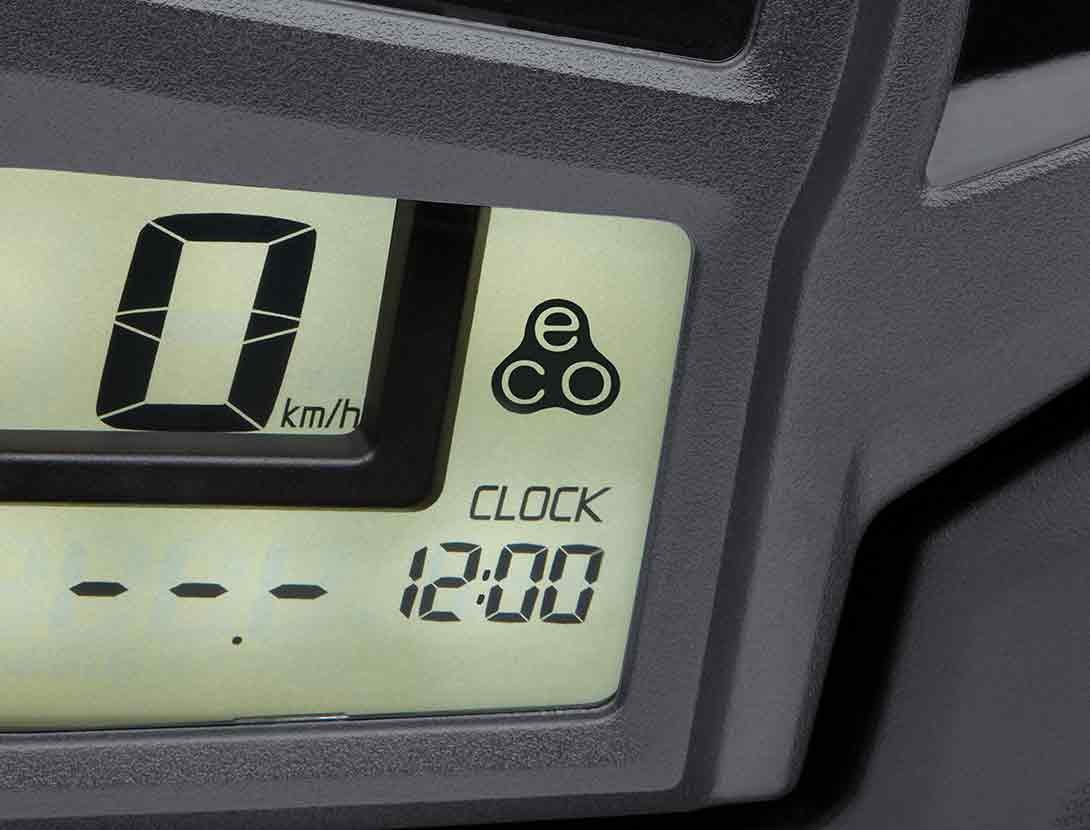 ECONOMICAL RIDING INDICATOR
ECONOMICAL RIDING INDICATOR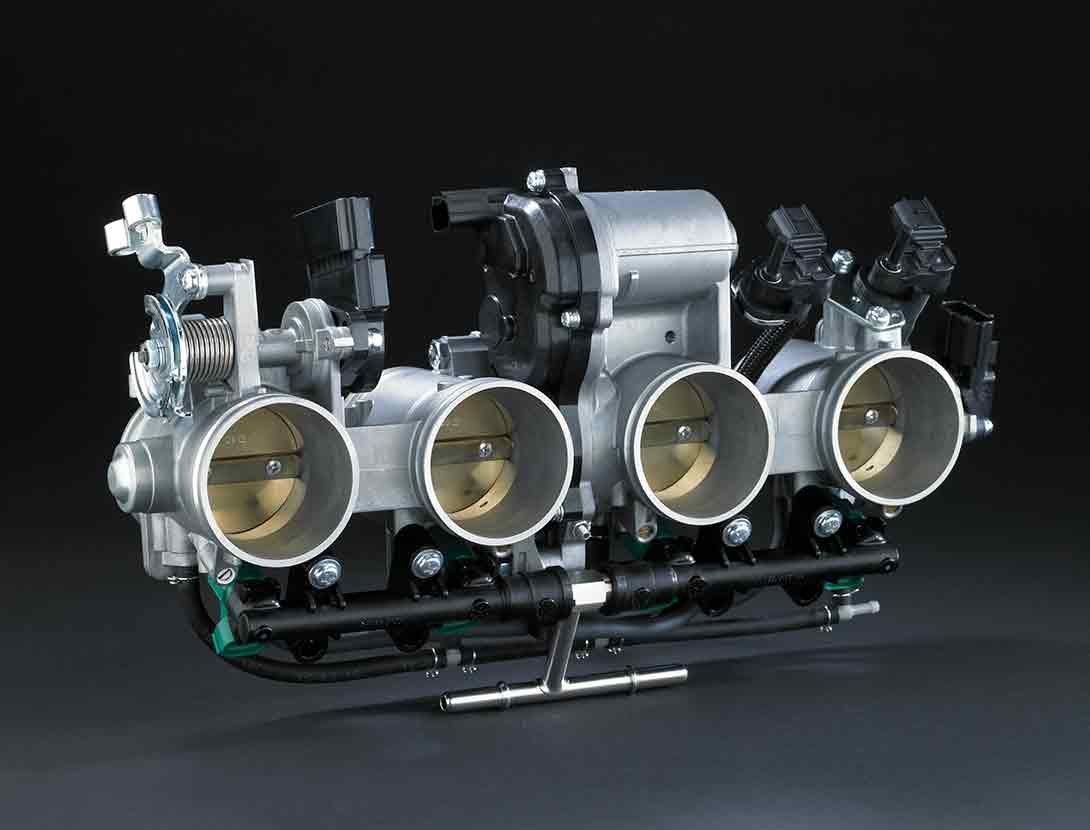
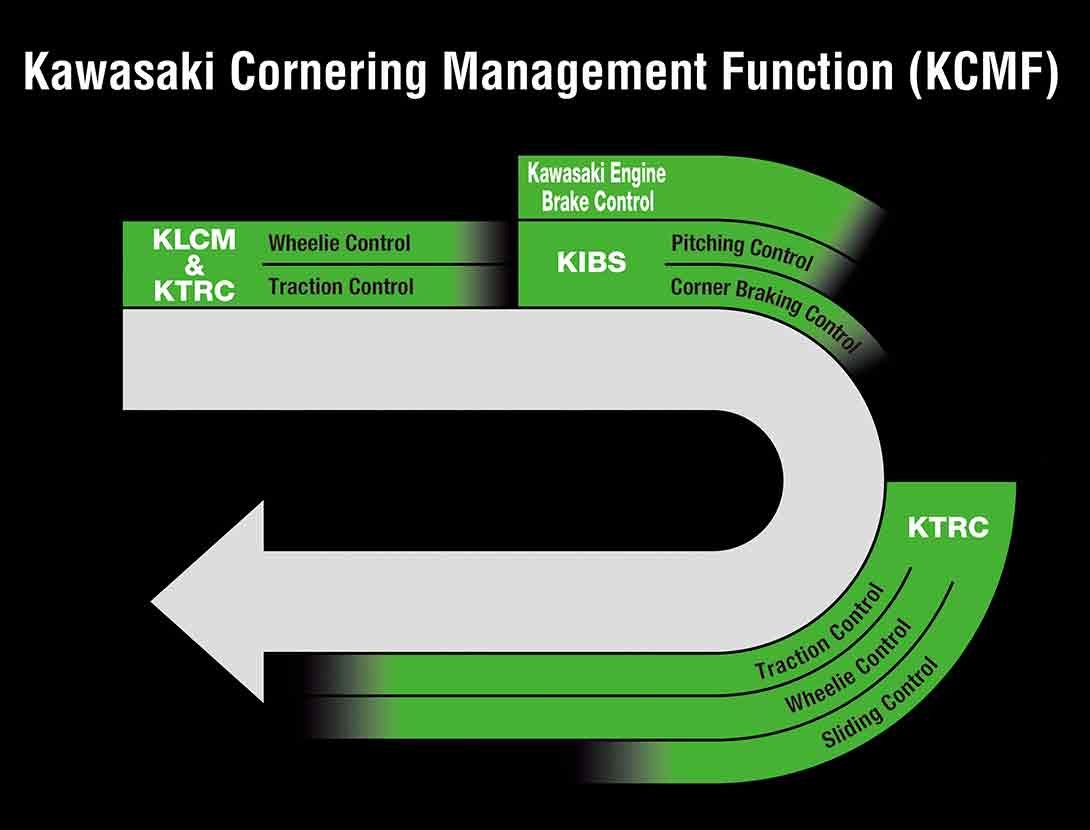
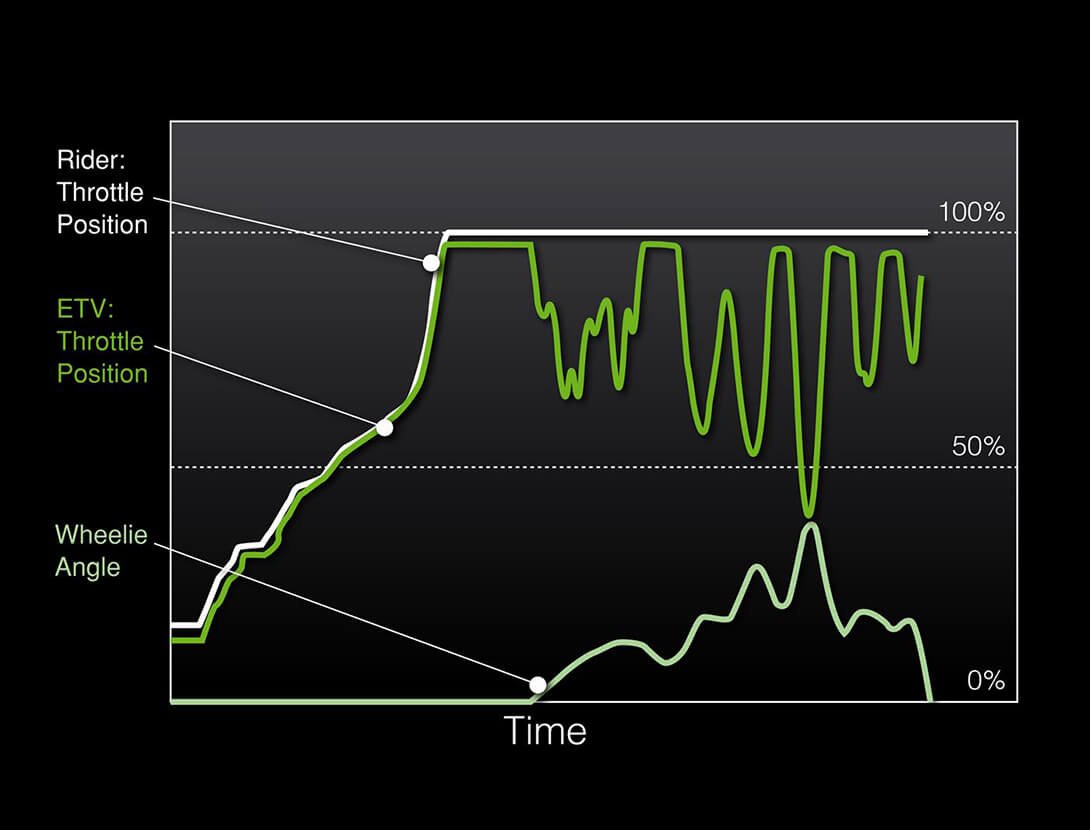
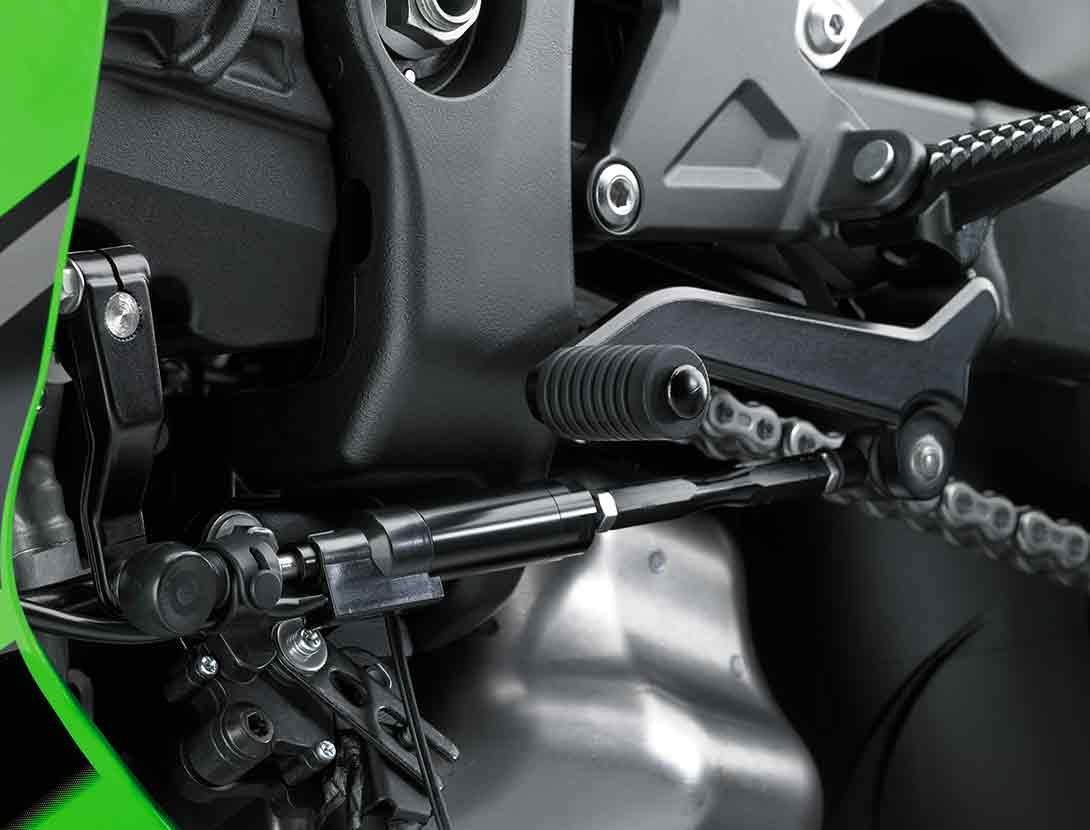
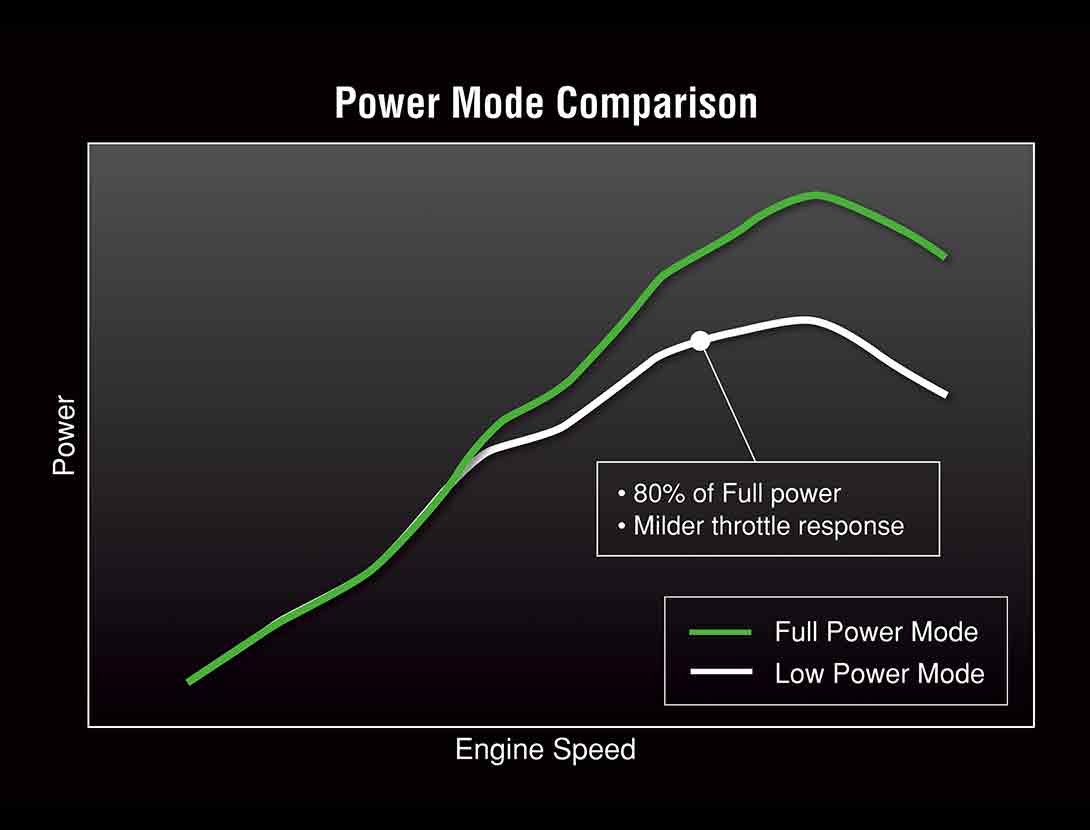
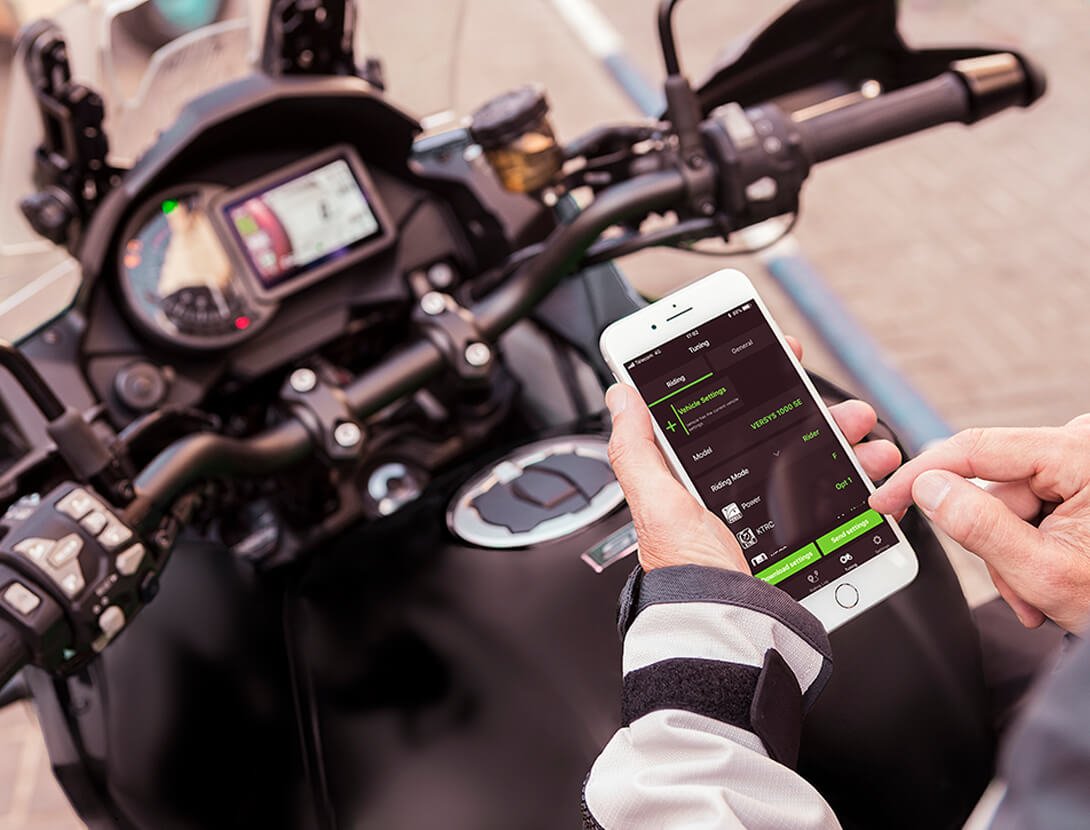
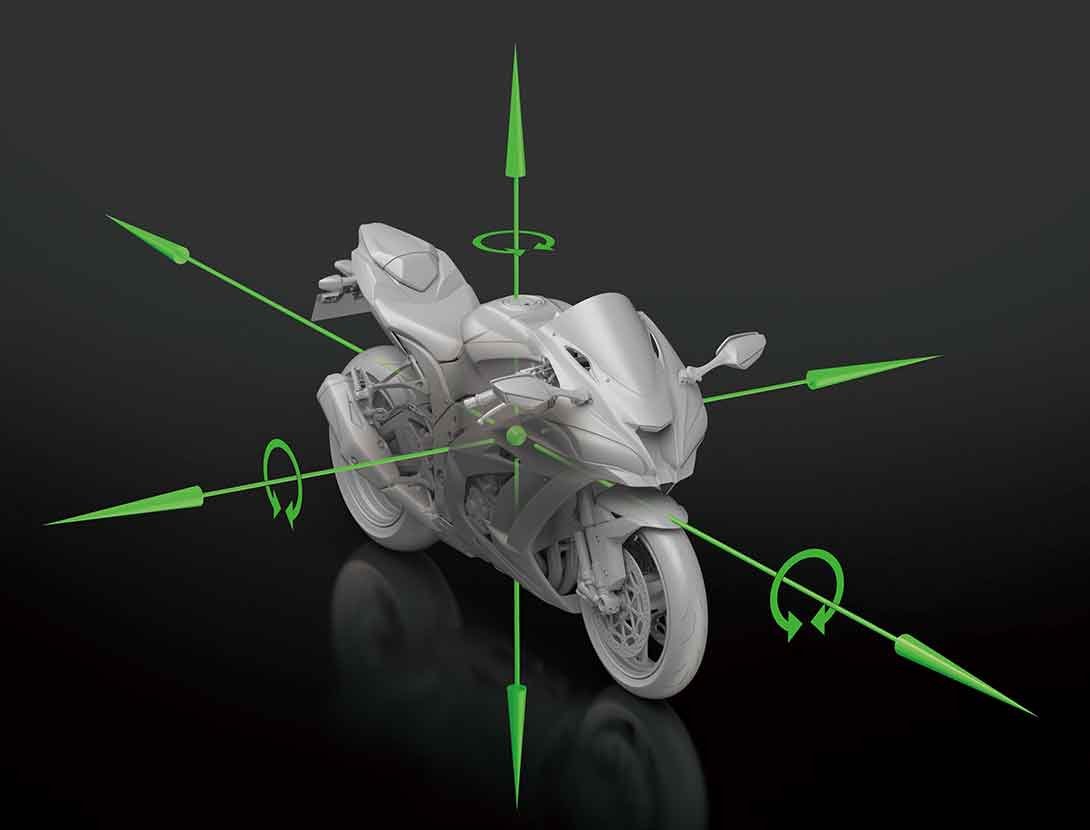 IMU-ENHANCED CHASSIS ORIENTATION AWARENESS
IMU-ENHANCED CHASSIS ORIENTATION AWARENESS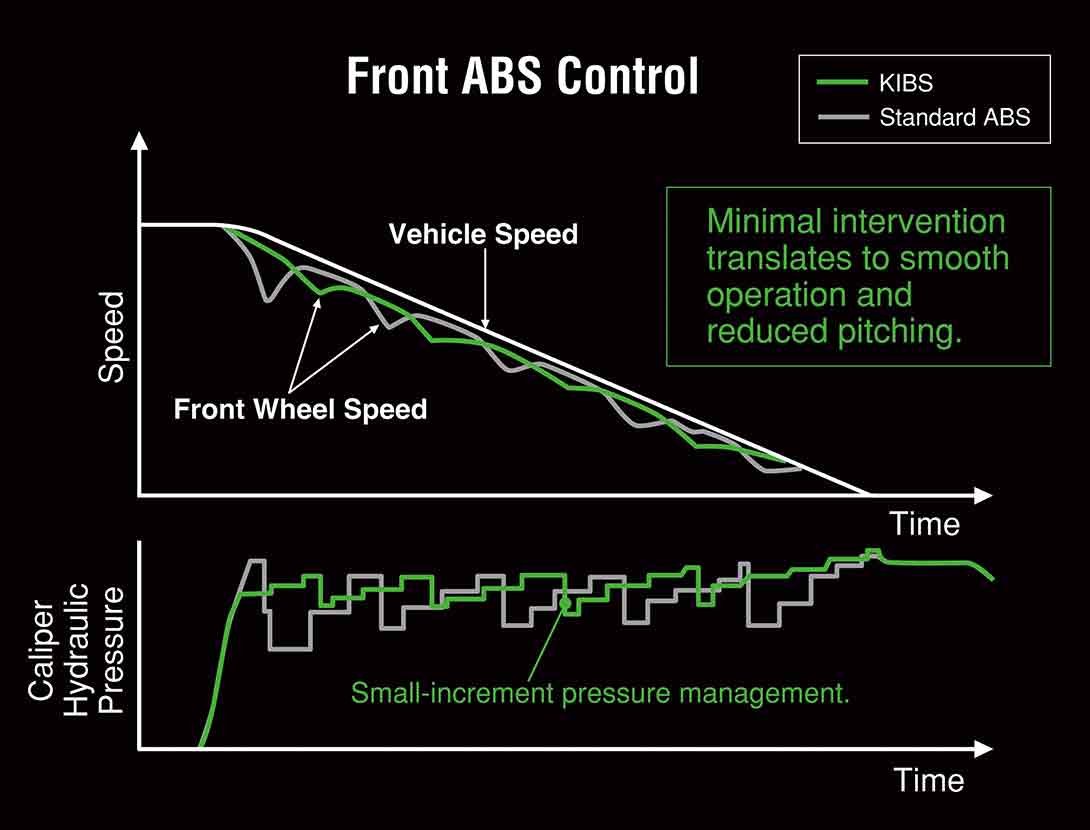 KIBS (KAWASAKI INTELLIGENT ANTI-LOCK BRAKE SYSTEM)
KIBS (KAWASAKI INTELLIGENT ANTI-LOCK BRAKE SYSTEM) HORIZONTAL BACK-LINK REAR SUSPENSION
HORIZONTAL BACK-LINK REAR SUSPENSION